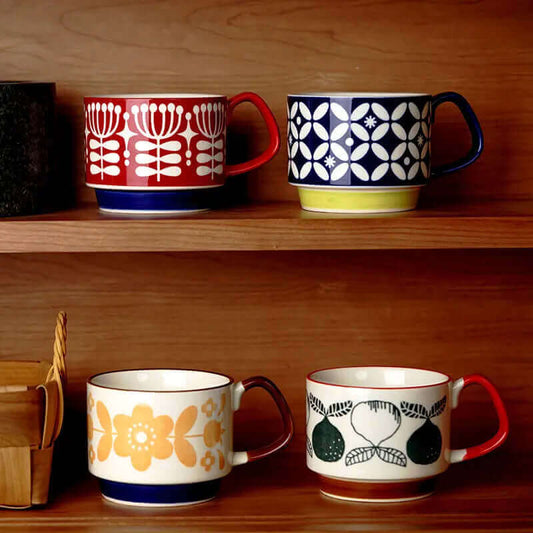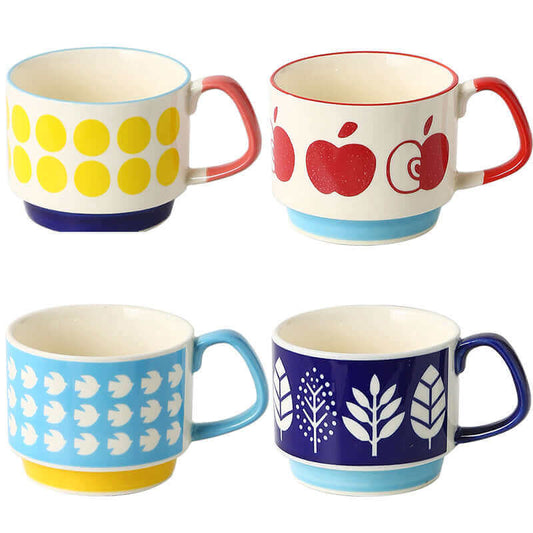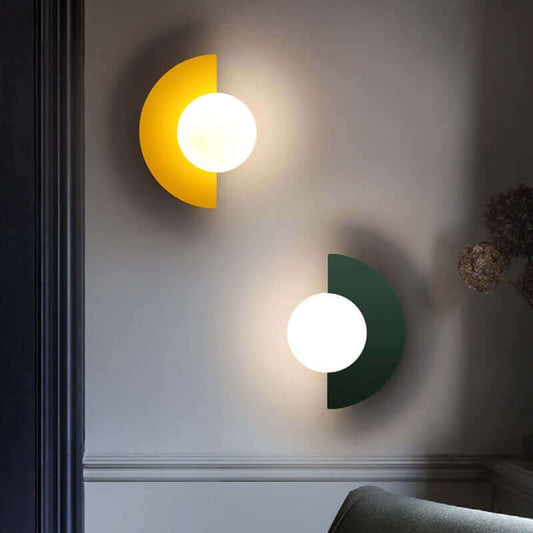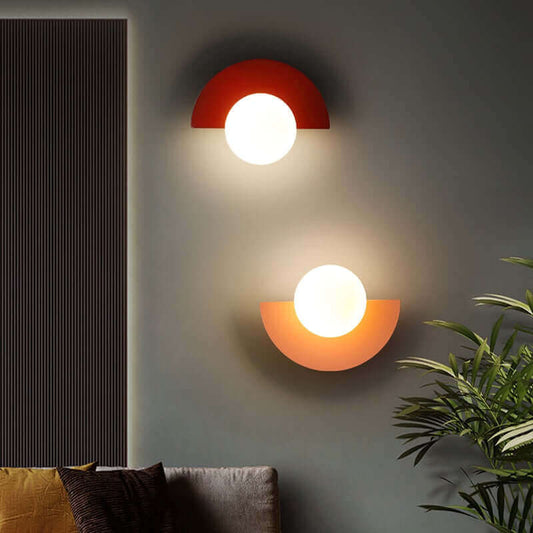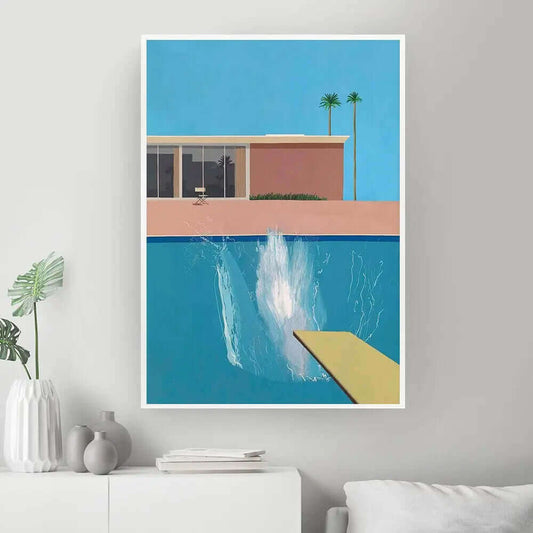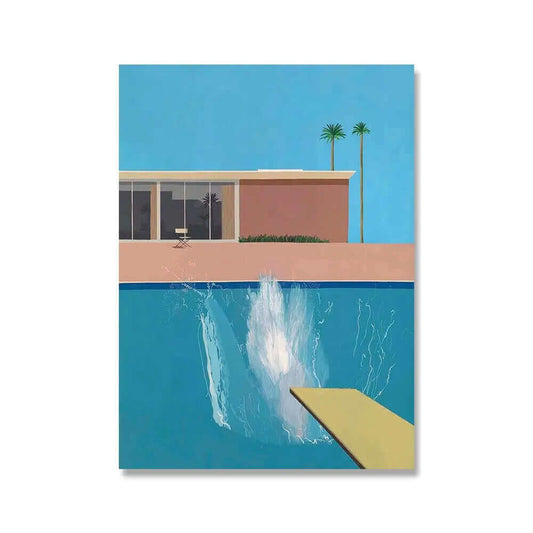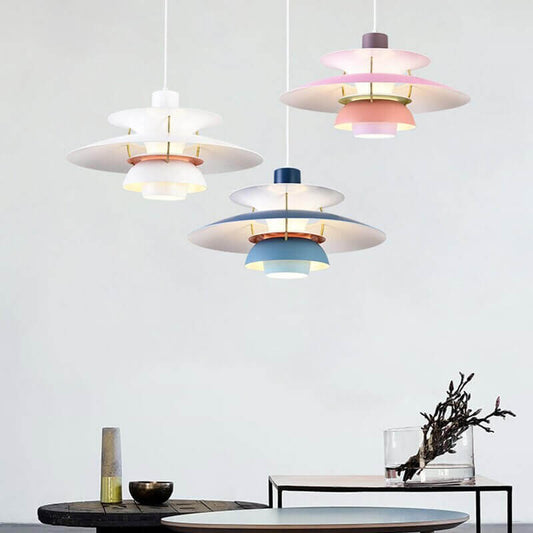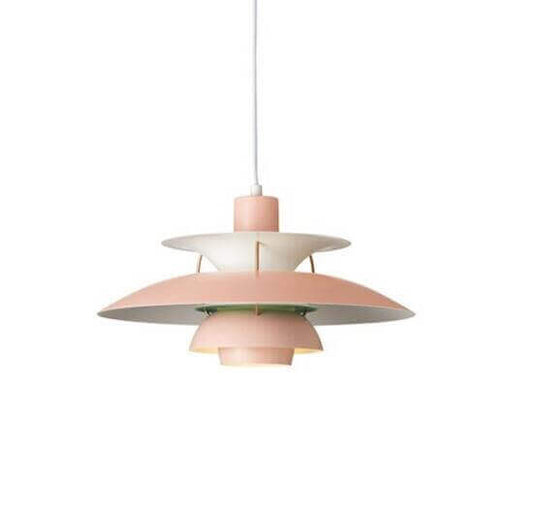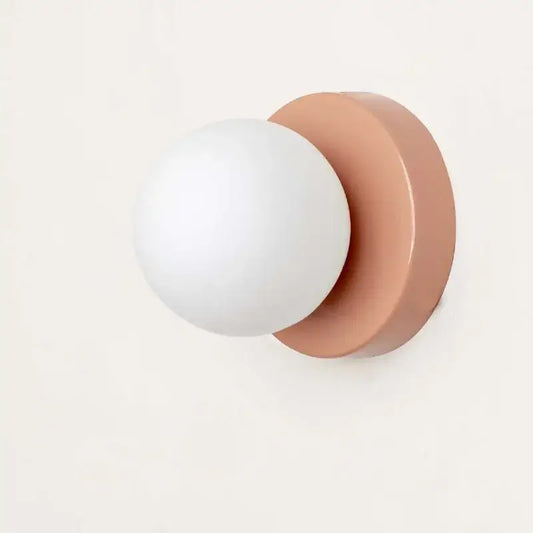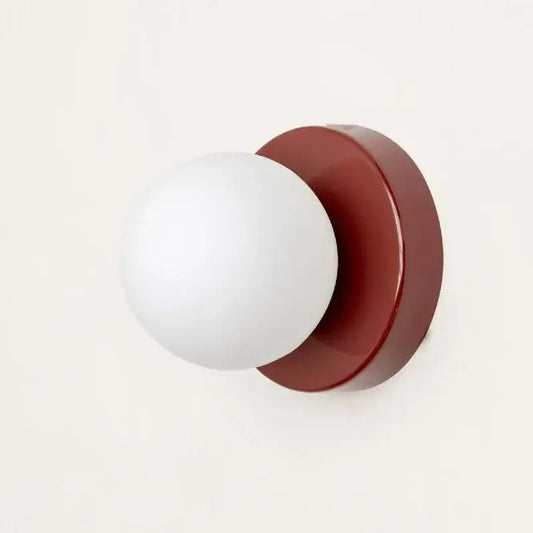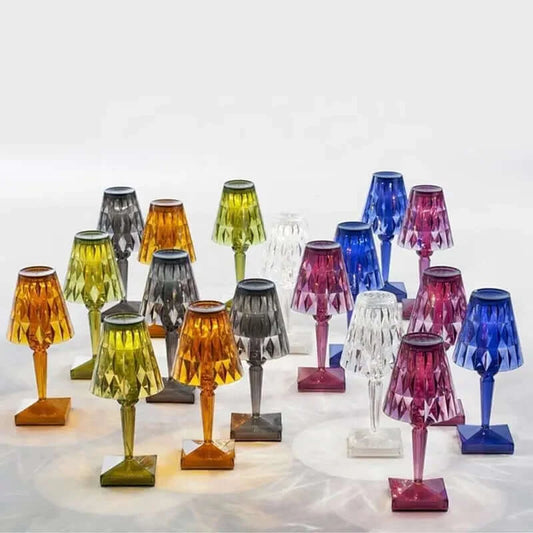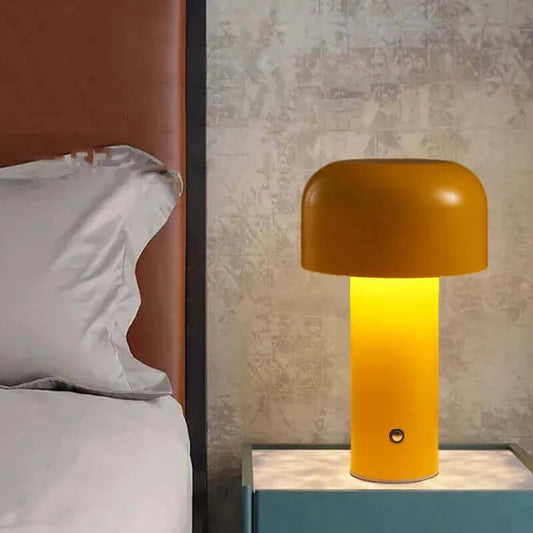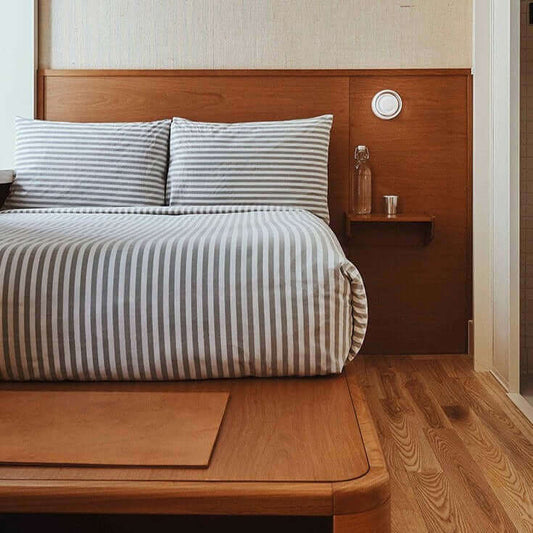Wabi-Sabi: A Global Influence
Wabi-Sabi, a profound aspect of traditional Japanese aesthetics, has proven to be a design philosophy that transcends borders and captures the hearts of designers and homeowners worldwide. Its global influence lies in its ability to resonate with individuals' innate desire for simplicity, mindfulness, and a deeper connection with the natural world. Wabi-Sabi interiors offer a sanctuary from the fast-paced and chaotic modern world, providing a space to find solace and tranquility.
The Universal Appeal of Wabi-Sabi
At its core, Wabi-Sabi celebrates the beauty of imperfections, the charm of simplicity, and the appreciation of the passage of time. This aesthetic connects with a universal longing for authenticity and a return to the essentials of life. In a world inundated with artificiality and constant change, the appeal of Wabi-Sabi lies in its ability to ground us in the present moment and embrace the beauty of the imperfect and the transient.
Wabi-Sabi's call for mindfulness and appreciation of nature finds resonance in diverse cultures and lifestyles around the globe. From the Zen gardens of Japan to the Scandinavian minimalism, and from the rustic charm of Mediterranean design to the understated elegance of contemporary urban spaces, Wabi-Sabi elements manifest in various design styles, demonstrating its universal appeal.
Prominent Designers and Architects Embracing Wabi-Sabi
Across different continents, influential designers and architects have embraced the essence of Wabi-Sabi, infusing their projects with its serene and harmonious spirit.
-
Japan: In its birthplace, Wabi-Sabi remains deeply ingrained in architectural and interior design practices. The works of renowned architects such as Tadao Ando, who blends modern minimalism with traditional Japanese elements, exemplify the fusion of contemporary and Wabi-Sabi principles.
-
United States: In the United States, prominent designers like Axel Vervoordt, known for his timeless and poetic spaces, have wholeheartedly embraced Wabi-Sabi. His design approach seamlessly blends natural materials, organic forms, and a reverence for imperfections, resonating with the American audience seeking a more mindful and meaningful way of living.
-
Europe: European designers have also embraced Wabi-Sabi aesthetics, integrating its principles into a diverse array of design styles. Belgian architect Vincent Van Duysen is recognized for his ability to create elegant, timeless spaces that celebrate the simplicity and beauty of natural materials, embodying the essence of Wabi-Sabi.
-
Australia: In Australia, designers like Karen McCartney have curated stunning Wabi-Sabi-inspired interiors that bring a sense of calm and tranquility into contemporary living spaces. These designs reflect the country's connection with nature and the desire for spaces that inspire mindfulness and well-being.
Wabi-Sabi in Museums and Exhibitions
The global impact of Wabi-Sabi is evident in the art world, with museums and exhibitions showcasing its influence on contemporary design and culture.
-
The Japan Folk Crafts Museum: Located in Tokyo, Japan, the Japan Folk Crafts Museum (www.mingeikan.or.jp) celebrates traditional Japanese crafts, including Wabi-Sabi-inspired art and design. Visitors can explore the deep-rooted connection between Japanese aesthetics and the principles of Wabi-Sabi.
-
The Vitra Design Museum: The Vitra Design Museum (www.design-museum.de) in Germany regularly hosts exhibitions that highlight the influence of Wabi-Sabi on contemporary design, showcasing the beauty of simplicity and imperfections in modern living spaces.
Books on Wabi-Sabi
Several books provide insightful explorations of Wabi-Sabi and its global impact on design and lifestyle:
-
"Wabi-Sabi: For Artists, Designers, Poets & Philosophers" by Leonard Koren offers a comprehensive examination of Wabi-Sabi philosophy and its relevance to contemporary life.
-
""The Wabi-Sabi House: The Japanese Art of Imperfect Beauty" by Robyn Griggs Lawrence delves into the application of Wabi-Sabi principles in interior design, providing practical insights for incorporating this aesthetic into modern homes.
Conclusion
The global influence of Wabi-Sabi in contemporary design is a testament to its universal appeal and enduring relevance. Designers and homeowners worldwide have embraced its principles, finding solace in the beauty of imperfections, the charm of simplicity, and the mindfulness it fosters. As Wabi-Sabi continues to inspire and shape design around the globe, it serves as a powerful reminder of the beauty found in the natural, the aged, and the imperfect, guiding us to appreciate the essence of life and the world around us.



